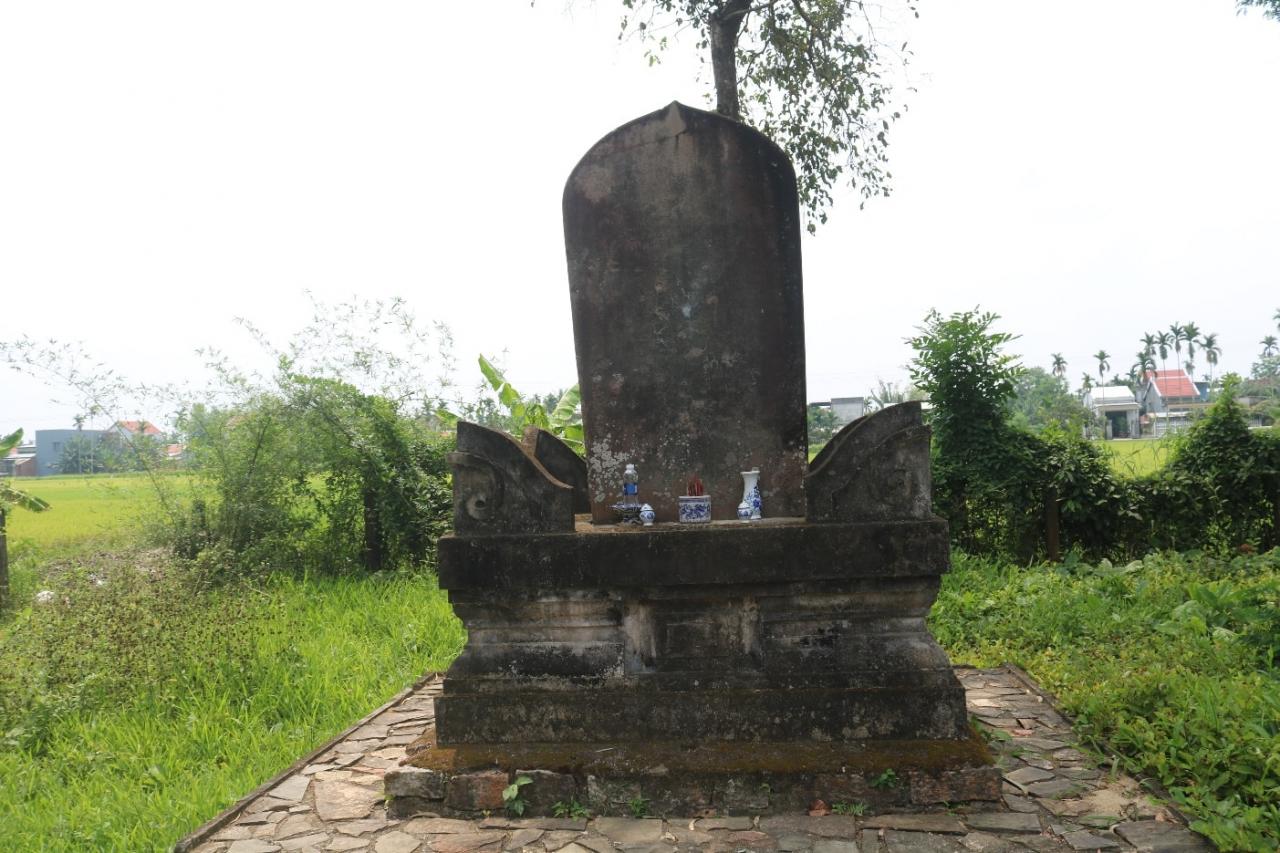
Champa steles in Quang Nam were carved over a long period of time. Through the ups and downs and impacts of nature and humans, many Cham characters have been weathered, eroded, and damaged, some steles have been carved and stolen... Protecting the inscriptions contributes to preserving and promoting the cultural identity of Vietnam.
Anti-mold
The stone inscriptions discovered in Quang Nam can be divided into natural stone inscriptions at archaeological sites, inscriptions on carved stones placed in front of temples, inscriptions on main doors, stairs, inscriptions behind reliefs, etc.
Although stone is a natural material, resistant to force, abrasion and biological impact, when exposed to the outdoors, it is susceptible to cracking and weathering due to sun, rain and harmful microorganisms. Over time, it can cause great damage to the documents. Therefore, researchers have proposed many methods to preserve and conserve stone inscriptions.
Accordingly, it is necessary to first investigate and survey to assess the current status and specific level of damage to the inscriptions discovered and preserved throughout the province.
Today, all experts agree that accurate damage diagnosis is a prerequisite for understanding the causes, processes and characteristics of stone damage and for sustainable conservation of monuments. Over the past few decades, interdisciplinary research and new technologies have been introduced into the diagnosis of damage and weathering of stones to plan conservation and artifacts.
For natural stone steles such as Hon Cup, Ho Nhi, Samo, Thach Bich steles, local cultural management agencies need to demarcate and protect the archaeological site. In addition, it is necessary to clean the surface of the relic, protect it from the intrusion of microorganisms and living animals. Prevent the process of stone surface corrosion by neutralizing the content of minerals that have penetrated into the surface of the stone material.
The top priority in preserving stone inscriptions is to carry out anti-moss and mold processes for the stone, from cleaning the outside, killing roots in the surface layer, impregnating the material with anti-moss chemicals and creating a super-hydrophobic film on the surface.
Surface coating with new technology
Nowadays, many constructions and monuments in the world use self-cleaning material protection technology with long-term use and many advantages.
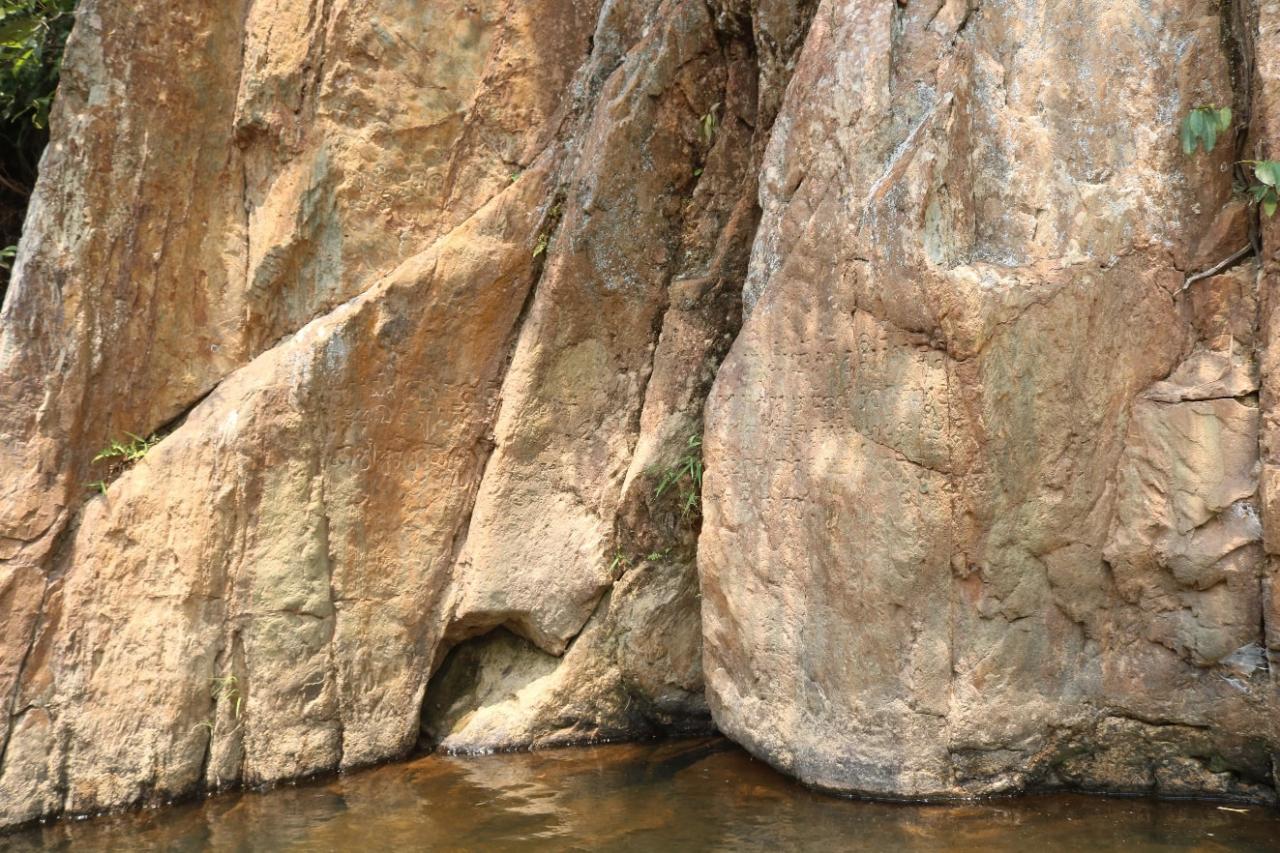
In Vietnam, it is possible to research conservation using nanotechnology. This is a new technology, only recently applied experimentally at some relics in our country.
Creating exact digital copies of archaeological artifacts, sites and landscapes without damaging them is also a solution that takes advantage of current science and technology.
Previously, most of the inscriptions in Quang Nam were supported by French archaeologists in stamping, translating and deciphering (except for new inscriptions such as the stone inscriptions in Ho Nhi). However, due to the structure of natural rocks, many are not flat, many inscriptions on the stone have been worn away, so many translations have not been able to convey all the information.
Around the world, many digital image processing software have been applied by language researchers. This is to make blurred stone inscriptions easier to read and use digital technology to create copies of artifacts.
In addition, many developing 3D scanning technologies not only bring precision and detail, but also open new doors for research and preservation of this special type of relic.
By using 3D scanners, archaeologists can accurately capture intricate and detailed artifacts. This not only helps preserve physical heritage, but also facilitates research, analysis, and a deeper understanding of human history and culture.
*
* *
According to Western researchers, the Cham people used a fairly early type of writing to carve words on stone steles. The content on some steles in Champa provides us with valuable scientific information about the culture, language, customs, rituals and territory of Champa. This is an extremely important source of documents in the study of Champa culture.
Quang Nam is the most important land in the history of the Champa kingdom. With that luck, Quang Nam has many Champa cultural heritages, especially the stone carving heritages that are still preserved until now. Preserving this treasure of knowledge is both a blessing and a challenge for those who work in heritage conservation in Quang Nam.
From the modern technologies just mentioned and the advanced scientific technologies that are being invented and innovated every day, it is necessary to have more attention from local authorities, researchers, and heritage conservationists nationwide to join hands to protect these precious heritages.
Source: https://baoquangnam.vn/bao-quan-van-khac-tren-da-3145436.html



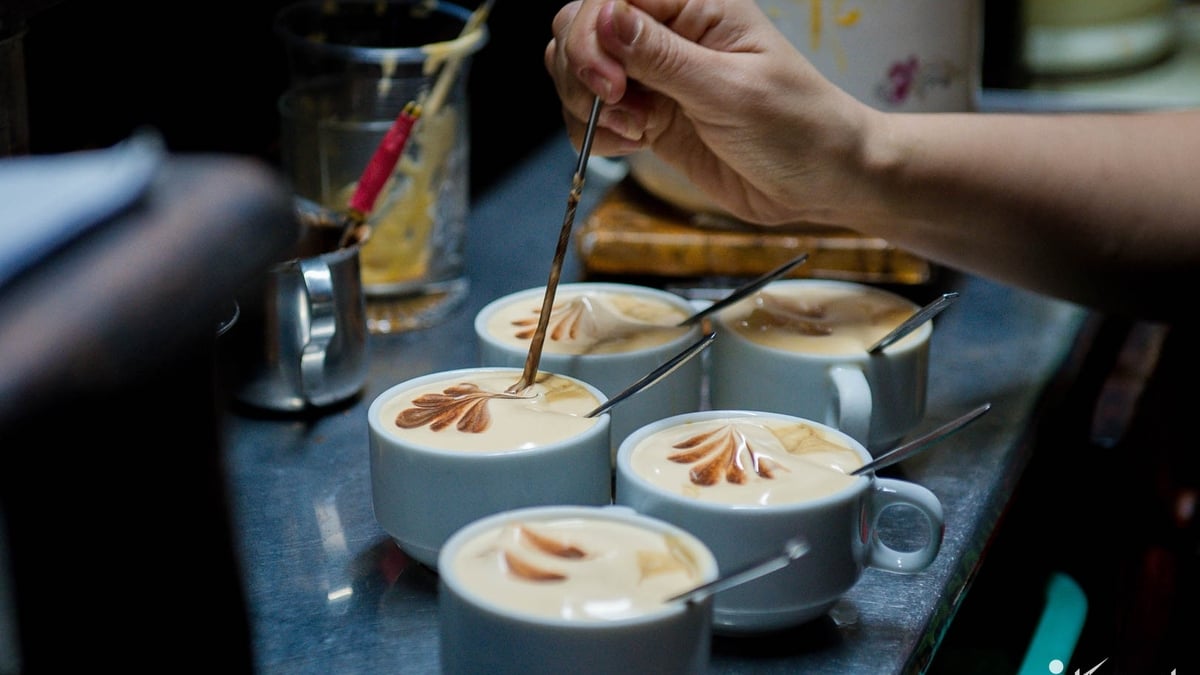



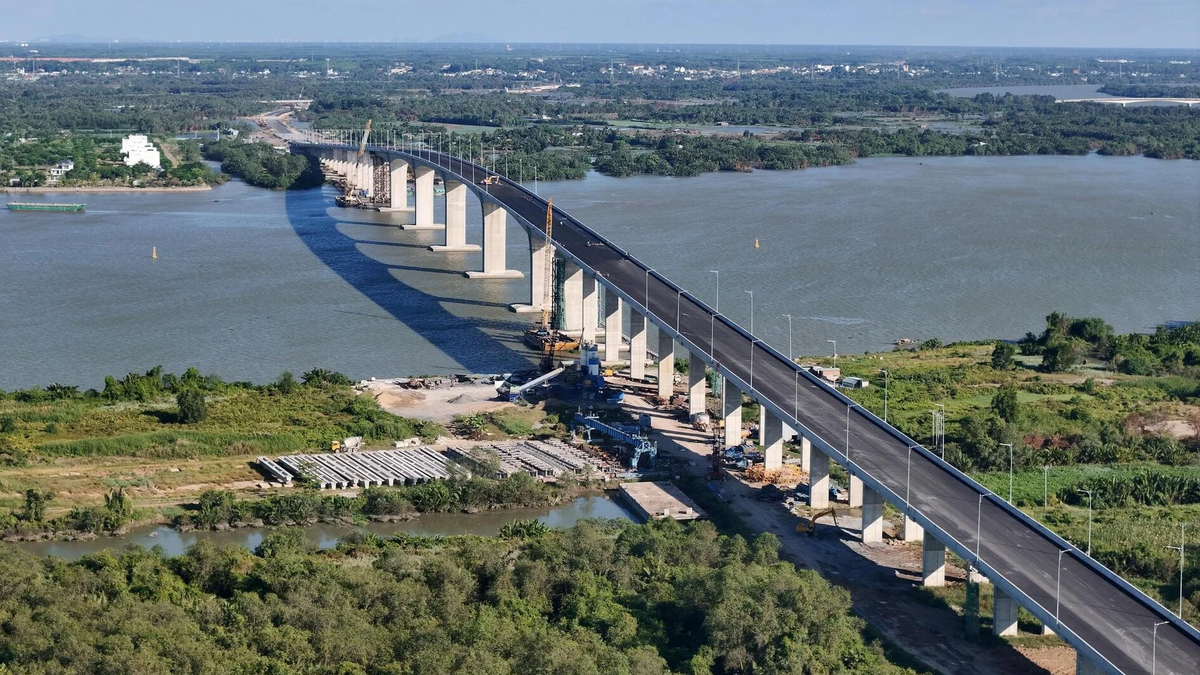




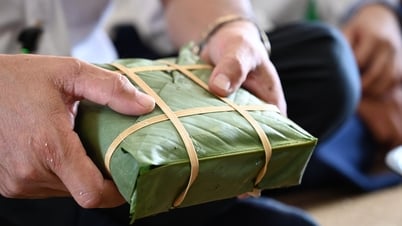


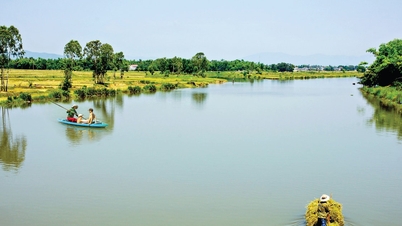
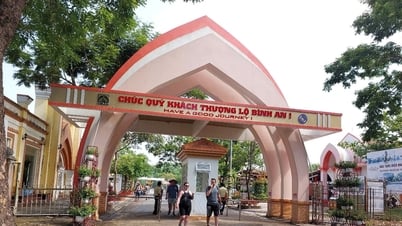
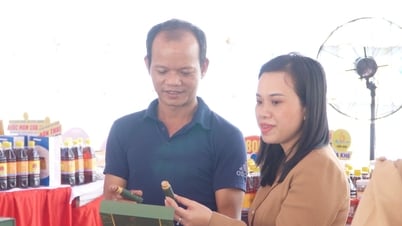
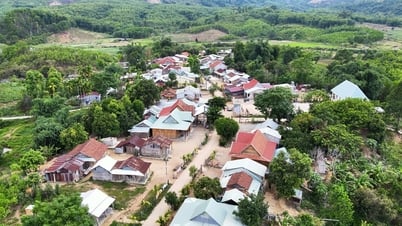
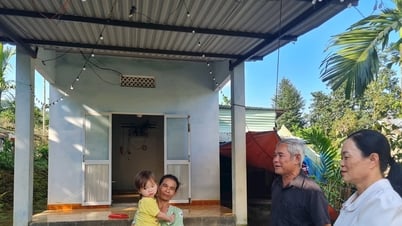










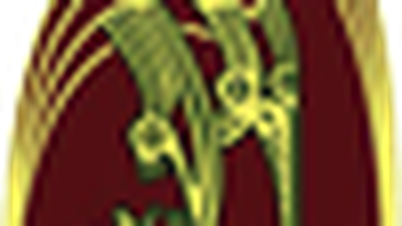
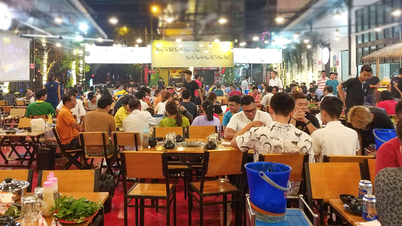

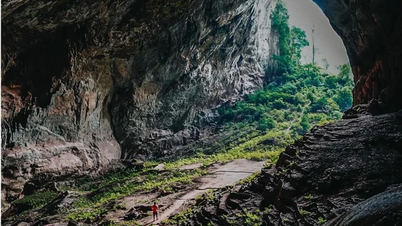



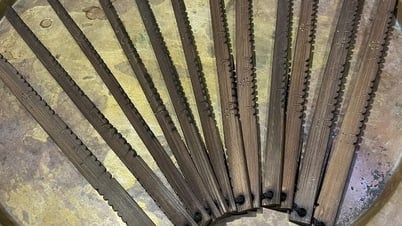

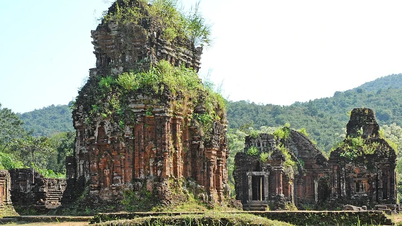

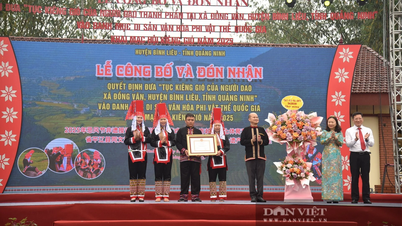

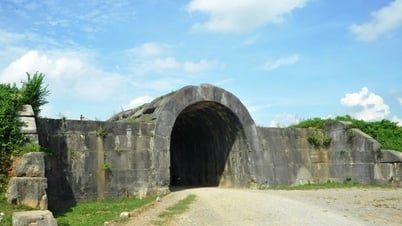
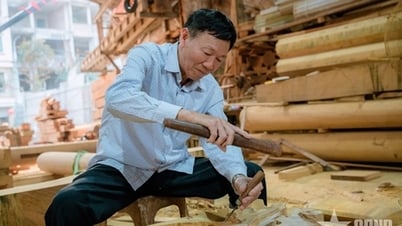



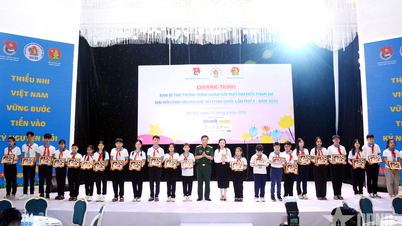



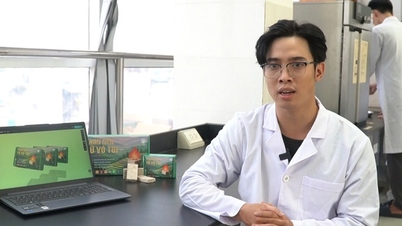


















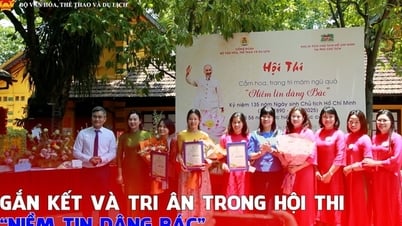








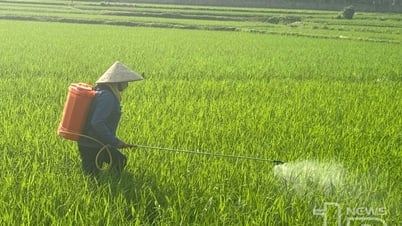






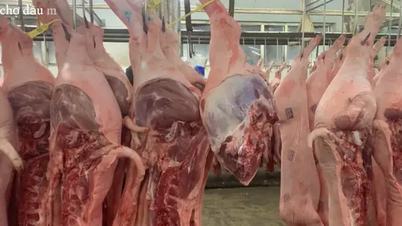

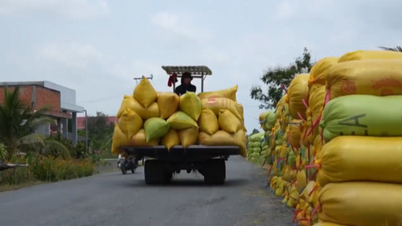
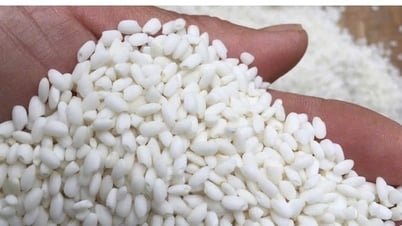



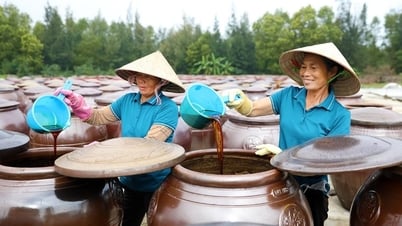



Comment (0)